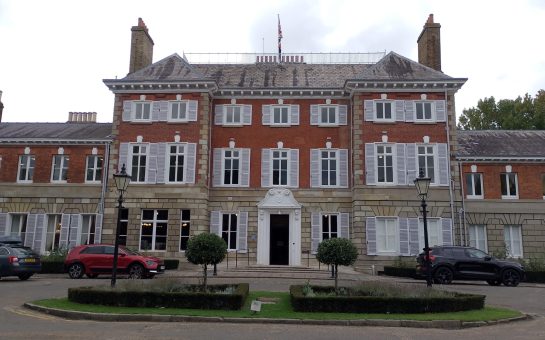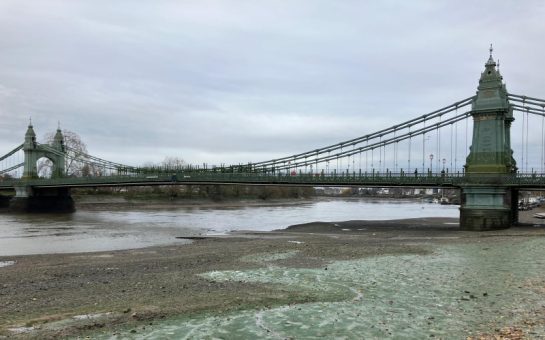The number of ultra-low emission vehicles (ULEVs) registered in south west London has shot up over the last two years.
ULEV registrations increased 40% across Great Britain from July to September 2021 compared to the same time a year before, figures from The Department for Transport (DfT) reveal.
The numbers also show that ULEVs made up 15.3% of all new registrations from July to September 2021 – approximately 83,000 vehicles.
Greg Wilson, founder of leading car insurance comparison website Quotezone.co.uk, said: “These figures show that the government’s aim to phase out fossil fuels from motoring is starting to take effect.
“Initiatives such as more public charging points, a strong rise in home charging grants and London’s new ultra-low emission zone are starting to make a green vehicle a viable option for many.”
In south west London, the numbers are even more remarkable.
In Croydon, the number of residents with ULEVs was 1,047 in July to September 2019.
In 2021 during the same time period, this figure had risen to 2,402 – an increase of 129%.
In Wandsworth, the increase was 178% from 1,301 to 3,619.
In Kingston, the number rose from 648 to 1,433 – an increase of 121%.
Merlin Wils-Bradley, an electric car owner in south London said: “I was really eager not to buy a petrol or diesel car because of the environment.
“Having an electric car is great. It’s really easy to drive, really nippy to get through London, and I feel like they’re safer.”
As demand for petrol and diesel vehicles start to plummet, so do CO2 emissions.
Average CO2 emissions for cars registered for the first time in the UK went down by 14% in quarter three of last year, with petrol car registrations falling 41% and diesel falling by 66%.
Data for CO2 emissions from the last two years is not yet available, however we do have the figures from between 2005 and 2019.
Almost all local authorities have seen reductions in emissions from transport compared with 2005, by an average of 9%.
In Wandsworth, CO2 emissions per km2 fell from 42.1 to 24.5 between 2005 and 2019.
In Croydon, emissions fell from 20.1 to 12.4.
In Kingston, the decrease was from 24 to 15.6.
Between 1990 and 2019, new vehicles have generally been more fuel efficient, meaning emissions tend to decrease at a slower rate than total vehicle miles.
The rise in uptake of ULEVs will contribute further to the reduction of CO2 emissions.
Additionally, to help clean up London’s air, low emission zones now operate 24 / 7.
On having an electric car to navigate these zones, Wils-Bradley said: “It is a pleasant surprise to be able to drive through London without having to worry about them.”




